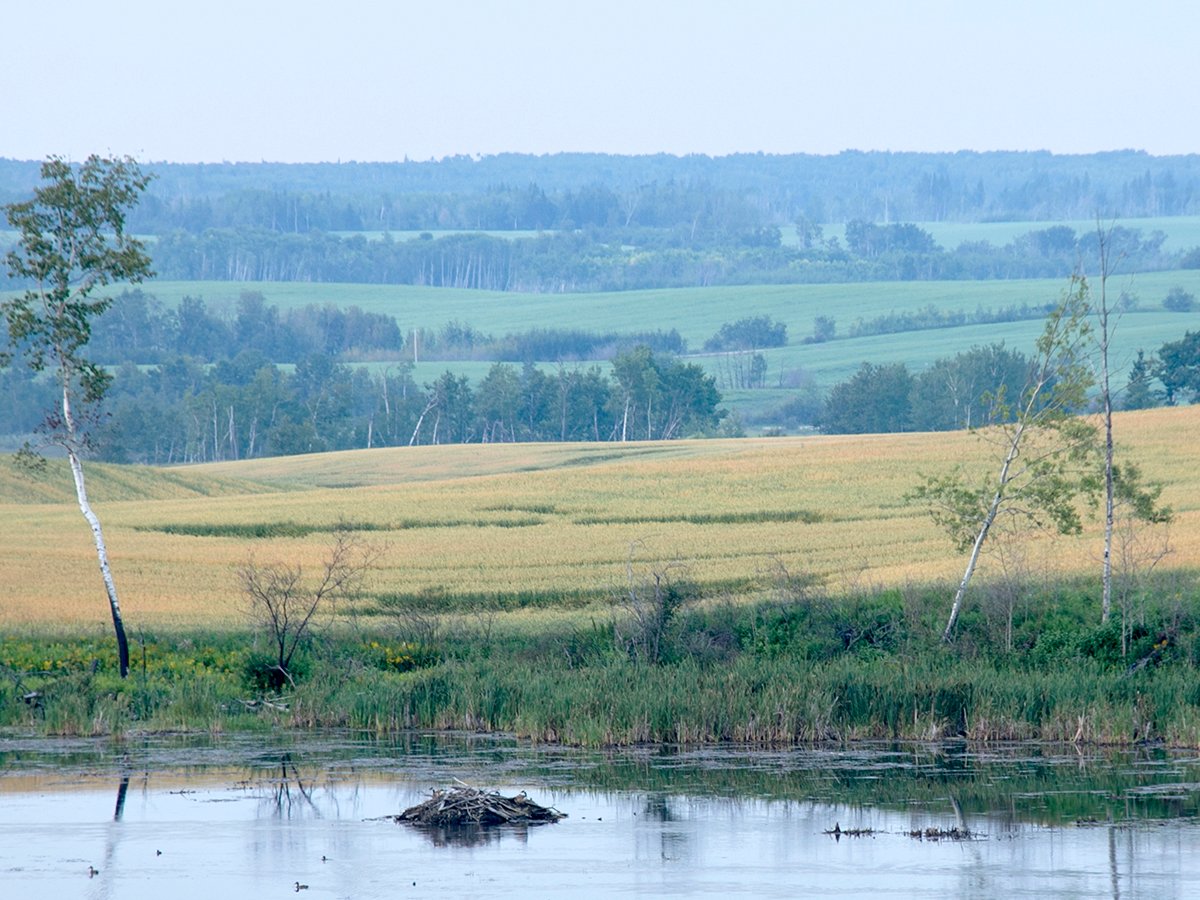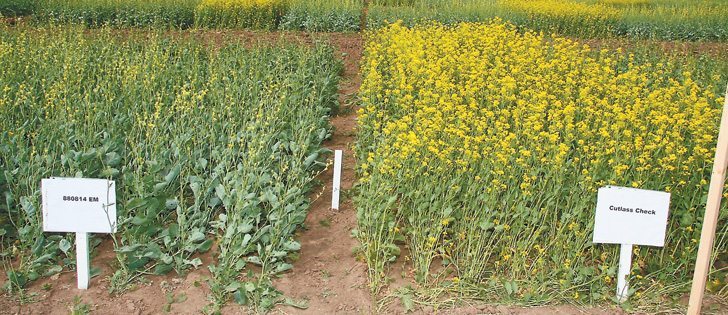Early Ukrainian settlers didn’t have the luxury of running to the doctor for every cut or sniffle.
Instead, they looked in their gardens for their own medicinal remedies to cure infection, fevers and hangovers.
Those kitchen remedies from early Ukrainian pioneers are captured in University of Alberta professor Michael Mucz’s new book, Baba’s Kitchen Medicines: Folk Remedies of Ukrainian Settlers in Western Canada.
Many of the home remedies are from the late 1800s to early 1900s when modern medicine was still in its infancy and pioneers had little money and almost no access to doctors.
Read Also

Intergenerational rollover rules can help succession plans
One of the most significant concerns in succession planning for farmers is the tax bill that can come with passing the farm to the next generation.
“They didn’t have a great range of resources,” said Mucz from his office at the Augustana campus.
Puffball spores kept in a bag year round were used as a simple antibiotic. More serious infections would be treated with fresh cow manure. Both puffballs and cow manure contain natural antibiotics.
Simple garden plants and weeds were an important part of the home remedies, said Mucz, who included several interview transcripts in the book to give a sense of the illness and remedies.
“My brother froze his feet and hands (nohy I ruky) quite badly, but only his fingers (patsi) did not heal and became badly infected. The doctor wanted to cut them all off (vidrizaty), but Mother would not agree to this and said she would heal them herself. She had a supply of large dry leaves that had a fuzzy white bottom (coltsfoot). She wet these, wrapped them around his fingers, and changed the bandages each morning and evening. She did this for a number of months and saved all his fingers, which he has to this day,” reads one interview.
“I really feel good about the fact I used snippets of interviews. They’re speaking as I heard them speak,” said Mucz.
Mucz rarely interviewed the original babas, or Ukrainian grandmothers, about their remedies. Instead, he mainly talked to their children and grandchildren.
He said one of the great tragedies of the book was that he didn’t start the project 10 years earlier. By the 1990s, many of the babas had died.
“It became a challenge for me to find folks,” he said. “I bear that cross to this day.”
He believes many of the people he interviewed have also since died.
What became clear through the interviews was the willingness to share healing remedies with family and neighbours. Many of the home remedies were similar, with only minor variations, depending on the home village.
When Mucz asked how settlers dealt with things like cancer or diabetes, the common response was, “who knew?”
“There was an ignorance about things, but there was also a great tolerance to suffer things,” he said.
“We don’t want pain any longer. Unfortunately, we run to the doctor or emergency for every small, little thing.”
Eighty-five percent of the world’s population still uses home remedies. Mucz said the early pioneers knew that the body has a tremendous healing capacity.
“For a lot of things, either a cold or mild infection, we can deal with this with rest, sleep, hydration and good nutrition,” he said.
Unlike Native Americans, the early Ukrainian pioneers didn’t use native plants. Instead, they used familiar garden plants, berries and weeds.
Common cures for fever were chicken and sauerkraut soup or wormwood in water.
The cure for hangovers included chrysanthemum flower tea, pickle or sauerkraut juices or eating sauerkraut and brown bread. Mould from food was used to treat skin infections.
“People used what families from the village used,” said Mucz, who was part of the wave of Ukrainian settlers that came to Canada after the Second World War.
Rubbing feces on ringworm was a common treatment, as were leeches and cupping to remove bad blood.
Mucz said many of the women were reluctant to talk about some of their cures. They would often bow their heads when they talked about peeing on their hands and feet to help cure chapped feet and hands.
Urine has uric acid, the same ingredient found in modern hand creams.
This embarrassment, particularly as the children became more educated, was the beginning of the end for home remedies.
Some kitchen medicines still survive, including pouring melted wax into a pan of water to treat psychological ailments.
If a person was afraid or anxious, they would go to the “witch’s” house seeking a cure. The old woman would pour hot wax that had been blessed into the pan to see an image. This would be repeated three times. The image would be gone by the third time and the person cured.
Mucz said God and prayer were often invoked in the ceremonies to help cure psychological distress. He heard several stories of a witch near Two Hills, Alta., where people would travel by the “train load” for cures.
When all else failed, the pioneers were left with their strong faith.
Not all herbal remedies were effective. Mucz said some early pioneers used an opium poppy extract to sedate their children while the parents were working in the field. The children were often left with mental problems.
Alberta has the largest number of settlers of Ukrainian ancestry in Canada, and most of the interviews were conducted there.
“I honour the contribution of pioneers. They went through unbearable hardship that got us to where we are today,” he said.
Copies of the book are available through the University of Alberta bookstore or Amazon.














